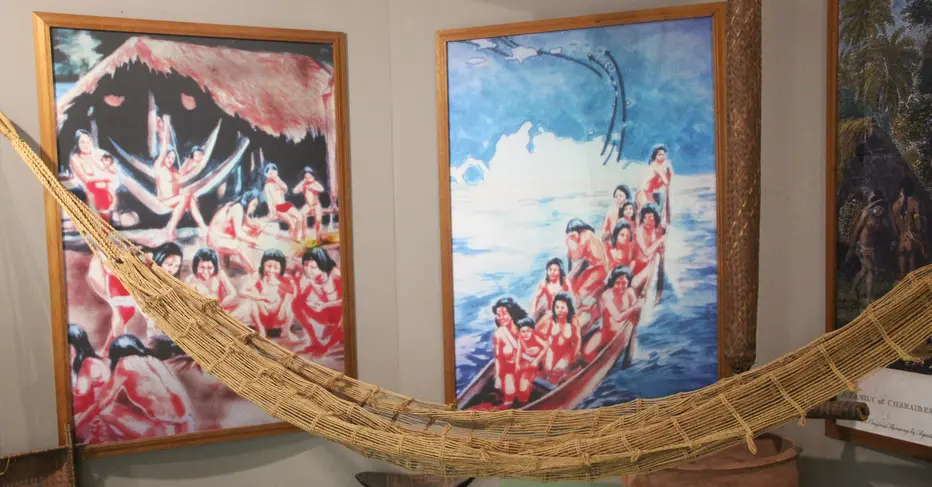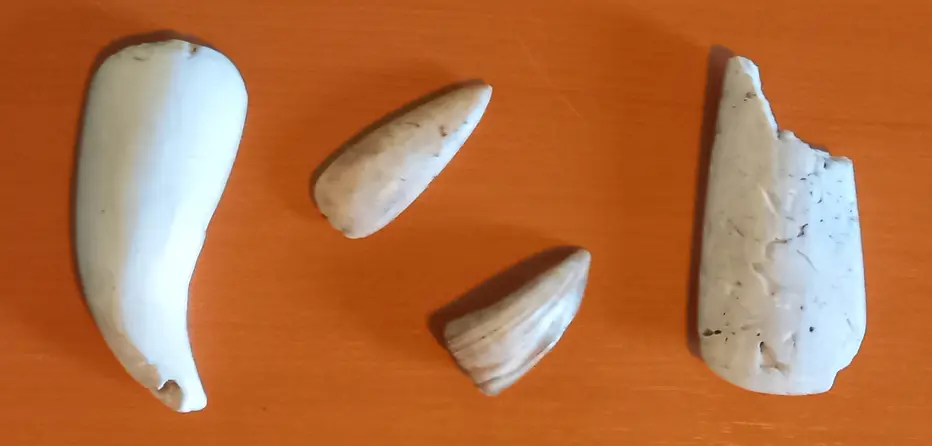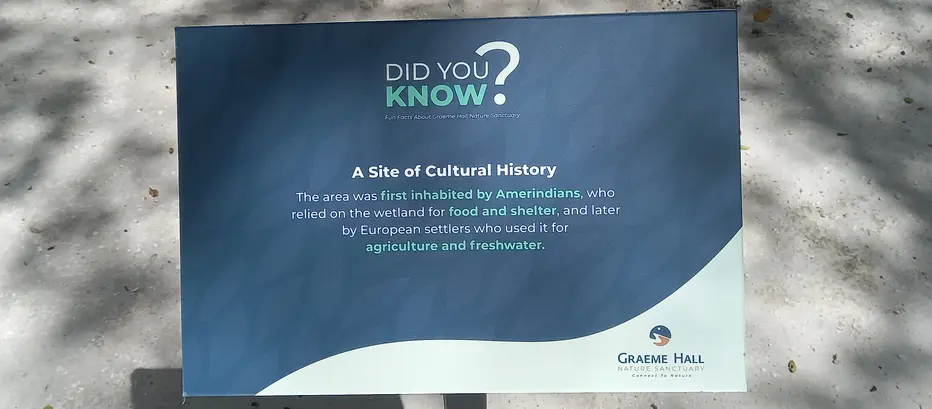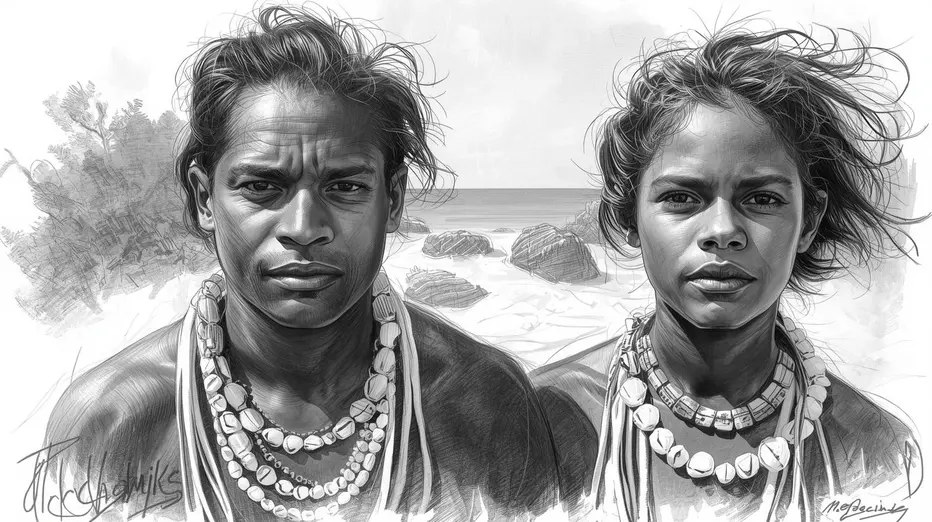Before Sugar: The Amerindian Roots of Barbados
Long before European ships arrived in the Caribbean, the islands of the region - including Barbados - was home to Amerindian peoples who left behind a quiet but powerful legacy.

Archaeological finds, including pottery, conch shell tools, and clay vessels - reveals that the island was settled as early as 350 AD by the Saladoid-Barrancoid people from South America.
These were followed by the Amerindian group known as Arawaks who knew the island as Ichirouganaim (red land with white teeth), with white teeth referencing the abundant coral reefs just offshore. (The name Barbados came from the Portuguese in the 1500's).
Amerindian Life
Living in harmony with the land, they located underground springs for fresh water, and used gullies and caves for shelter during storms. They shaped tools from conch shells, crafted pottery from clay, and built homes from natural materials. Inside their homes, hammocks were strung for sleeping, and Amerinidians were often buried wrapped in their hammock.

Clay from the northern and eastern parts of the island was fashioned into pots, utensils, ritual objects, and jewellery.
To obtain fresh water pot-lined wells were creatively used in areas where fresh rain water meets sea water underground. As fresh water is lighter than salt water, the fresh water floats on top. A shallow hole was dug in the wet sand and filled with a stack of large clay pots (without bottoms) creating a kind of casing. Coral rocks and wood were used to hold the pots in place and keep the well stable. The clean, fresh water was scooped from the well using a calabash gourd - a natural bowl made from the dried shell of a Calabash fruit.
Much of their diet consisted of a wide range of fish (including tuna, flying fish, and barracuda), shellfish from the shallow reefs, and cassava - a root crop which they grew in abundance. This was supplemented with fruits, eels, snakes, sea urchins, and turtles.
Petroglyphs can be found in a few caves around the island, marking mythological or ritual significance.
Wooden dugout canoes facilitated fishing and limited travel to other islands.
Although most large Amerindian villages were located along the coastline, a number of inland sites - including a significant presence at Cherry Tree Hill - have been identified as being used. The wetlands of Barbados, including Graeme Hall Swamp and Chancery Lane Swamp, were also critical sites providing food and shelter.

Disappearance...
The Amerindian presence in Barbados vanished by the early 1500s. Capture and enslavement by Spanish sailors, a shortage of fresh water, impact of hurricanes, and difficulty in travelling to and trading with neighbouring islands, all contributed to their departure.
Barbados sits about 100 miles east of the main chain of Caribbean islands. Journeying by boat to Barbados from the other islands meant paddling against the prevailing trade winds and ocean currents, limiting sustained Amerindian settlement.
By the time the English claimed the island in 1625 (and settled it 2 years later) there was no Amerindian presence.
... And Return
Realizing the substantial challenges facing his English settlers in an unfamiliar environment, Captain Henry Powell journeyed south to Guiana, returning to Barbados six months later in the company of approx. 30 Arawaks whose knowledge and skills proved vital to the success of the English settlement of Barbados.
Although coming to the island voluntarily as free men, the Arawaks were subsequently enslaved in another act of European betrayal.

Their Legacy
Barbados' amerindian story was largely erased by English colonial expansion, which reshaped its identity around sugar and empire. In contrast, neighboring islands such as Dominica and St. Vincent still hold onto threads of indigenous heritage. The Kalinago people of Dominica maintain cultural traditions, crafts, and community life in a designated territory that serves as a living link to the island's pre-colonial past.
Nonetheless, traces of Amerindian life in Barbados still surface in artefacts, reminding us that our story didn't begin with European colonization - it's roots are in clay, conch, creativity and courage.
Musical Tribute To Ichirouganaim
Enjoy this musical tribute to the island of Barbados / Ichirouganaim and the people who lived here for centuries...
Barbados Heritage Tours
Step into the story... join an island tour and trace the footsteps of Barbados' past







